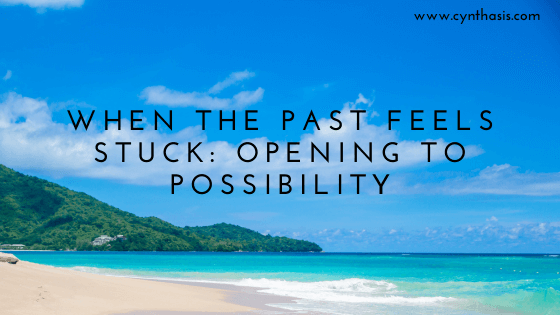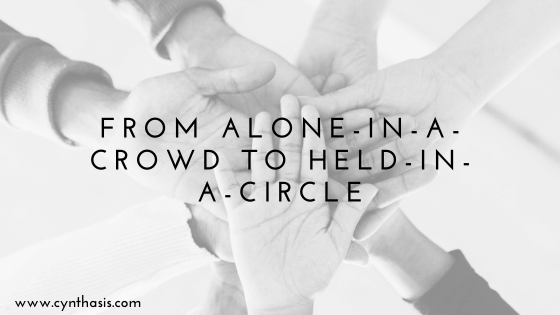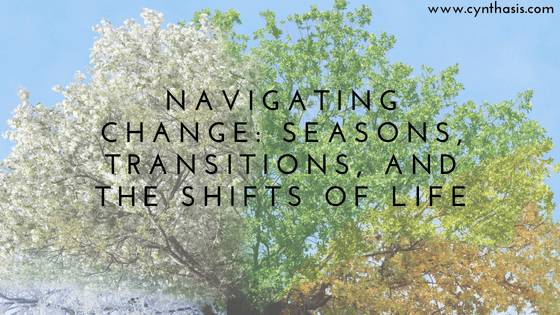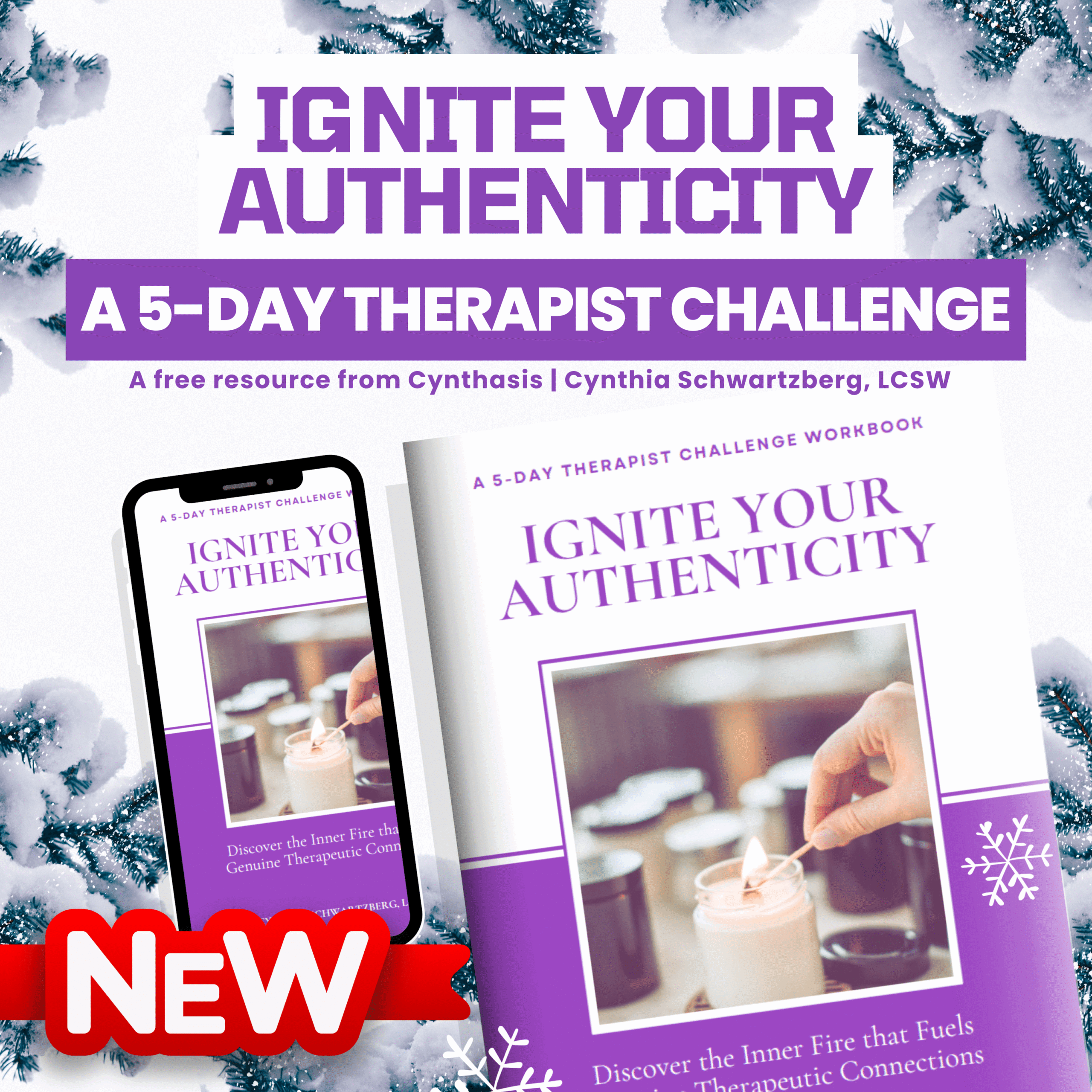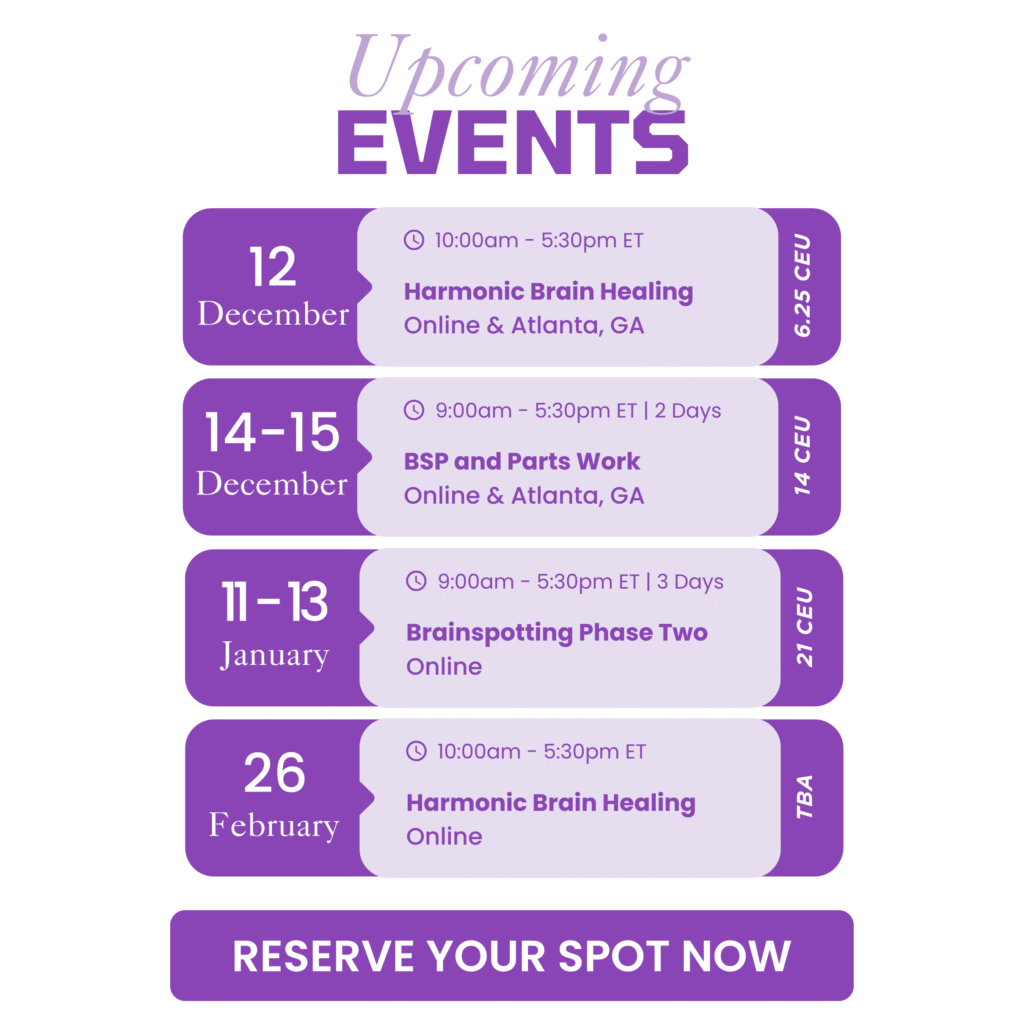 Meditation has long been revered as a practice that offers profound benefits for mental, emotional and physical well-being. In recent times, integrating technology and innovative strategies for healing has led to the emergence of more holistic approaches based on ancient healing modalities combining the benefits of body, mind and spirit with therapy. Brainspotting is one such therapy combining eye positions and body sensations based on an issue a client seeks to explore. Often people ask, Can I do this at home? David Grand, Ph.D., Founder and Developer of Brainspotting, explains the difference between Brainspotting and Self-Spotting in his book Brainspotting: The Revolutionary New Therapy for Rapid and Effective Change. The key difference is how you prepare for the work when you are doing Self-Spotting. We will focus on the Self-Spotting process in this blog.
Meditation has long been revered as a practice that offers profound benefits for mental, emotional and physical well-being. In recent times, integrating technology and innovative strategies for healing has led to the emergence of more holistic approaches based on ancient healing modalities combining the benefits of body, mind and spirit with therapy. Brainspotting is one such therapy combining eye positions and body sensations based on an issue a client seeks to explore. Often people ask, Can I do this at home? David Grand, Ph.D., Founder and Developer of Brainspotting, explains the difference between Brainspotting and Self-Spotting in his book Brainspotting: The Revolutionary New Therapy for Rapid and Effective Change. The key difference is how you prepare for the work when you are doing Self-Spotting. We will focus on the Self-Spotting process in this blog.
The Concept of Self-Spotting in Meditation
Self-Spotting is a meditation process combining the principles of Brainspotting and mindfulness meditation. It’s great to use after a hard day’s work for self-care. You can also use it for stress management, personal growth and expansion, unwinding thoughts weighing on you, releasing body tension, and letting go of upsetting situations.
 As a clinician, I find it helpful for releasing empathic feelings from sessions and counter-transference, and developing my depth of attunement. I also use it when I feel caught up in my thoughts and locked in self-doubt or criticism. One day, I discovered I could release a backache with some self-spotting on the area in my brain related to my back. Once I connected the thought I had at the moment of the incident, my back released. More fun times have been to imagine myself in a future event and feeling how I would like to be in that state, then putting that expanded me on an eye position. It’s quite powerful. Let’s help you get started.
As a clinician, I find it helpful for releasing empathic feelings from sessions and counter-transference, and developing my depth of attunement. I also use it when I feel caught up in my thoughts and locked in self-doubt or criticism. One day, I discovered I could release a backache with some self-spotting on the area in my brain related to my back. Once I connected the thought I had at the moment of the incident, my back released. More fun times have been to imagine myself in a future event and feeling how I would like to be in that state, then putting that expanded me on an eye position. It’s quite powerful. Let’s help you get started.
Know that Brainspotting Self-Spotting is a nuanced technique that requires a solid foundation in mindfulness, emotional awareness and a stable mental and emotional state. It can be a powerful tool if you are seeking emotional healing, a deeper understanding of yourself and an enhanced mindfulness practice. However, it’s crucial to approach Self-Spotting with mindfulness, self-compassion and a clear understanding of your own limitations. If you have any concerns about your readiness for Brainspotting Self-Spotting, it’s always a good idea to consult with a qualified mental health professional before attempting the practice.
Preparing for Self-Spotting
Start with finding a quiet time and space. Grab some bilateral music. Bilateral music offers bilateral stimulation between the right and left ears. This technique is designed to engage both hemispheres of the brain and facilitate various therapeutic outcomes. Many people find the music an added benefit for going deeper and staying focused. Choices of music are on YouTube, Spotify, https://bodhitreebilateral.com/home or Brainspotting.com.
hemispheres of the brain and facilitate various therapeutic outcomes. Many people find the music an added benefit for going deeper and staying focused. Choices of music are on YouTube, Spotify, https://bodhitreebilateral.com/home or Brainspotting.com.
Before we break down the steps, some words of wisdom. Self-Spotting is a whole-body experience, and you may notice yourself riding waves between exhaustion and too much energy, shifting from sympathetic to parasympathetic nervous system sensations. It can feel like one moment you are hot, then cold the next, then calm, then yawning or shaking, or releasing emotions and feelings or thoughts you never connected before in your mind. And sometimes it can be very quiet, then a wave of release and clarity comes over you. The key is you are innately healing yourself. You are giving yourself the time, attention and care you need. How self-compassionate!
The Process
- As I said, grab some headphones and find a quiet time and place.
- Scan from the top of your head to the tips of your toes. Notice where you are feeling any tight muscles or where you are feeling relaxed. I invite you to notice where in your body you
 feel most calm, grounded or connected to being present in your body. Choose a spot in your body where you feel the most calm, grounded or connected in your body. I invite you to bring your awareness to that spot. We will call this spot your body spot. As you do this, notice where your eyes are focusing whether they are opened or closed.
feel most calm, grounded or connected to being present in your body. Choose a spot in your body where you feel the most calm, grounded or connected in your body. I invite you to bring your awareness to that spot. We will call this spot your body spot. As you do this, notice where your eyes are focusing whether they are opened or closed. - Grounding – Do something now to feel a little more settled and present in the moment. I invite you to wiggle your toes, wiggle your fingers, tap down your legs and/or arms or press your feet into the ground/floor.
- Focused Mindfulness – You can continue with your eyes opened or closed. Bring your attention back to your grounded, calm, present body spot. Keep your attention there on that spot for 10-15 seconds as you feel your connection to it. Now simply notice where your eyes are focusing as you have your attention on that body spot. If your eyes have been closed, open them for a moment to see where they are focused, then you can close them again if you choose and keep them in that direction. If they are open, continue to keep them on that spot. We will call this a Gazespot.
- Prepare to Process – As you keep your eyes on this Gazespot, think about something you want to work on today. It may be a body sensation, as I did with my back, a work issue or something you want to expand in your life.
- Activation – Once you have chosen the issue, notice how strong you feel about it. How upsetting is it (for something upsetting) or How possible is it for you (for expanding)? Rate it on a scale of 0-10. 0 is neutral and 10 is highly activating or possible (if expanding).
- Processing – Stay present with whatever arises in your awareness. Allow yourself to fully experience the emotions or sensations linked to the spot you’re focusing on. It’s all part of
 the process if your eyes wander off the spot, open and close, and/or your thoughts move from one topic to the other. Keep trusting that your brain and body are doing exactly what they need to. Keep observing with curiosity in an attitude of non-judgmental observation and self-compassion.
the process if your eyes wander off the spot, open and close, and/or your thoughts move from one topic to the other. Keep trusting that your brain and body are doing exactly what they need to. Keep observing with curiosity in an attitude of non-judgmental observation and self-compassion. - Checking back in – Throughout the time, and toward the end, go back to what you started with and notice any changes in thoughts and/or levels of activation. Take all the time you need.
- Closure – When you feel complete for this Self-Spotting time, know your brain and body will continue to shift and change. New awarenesses, body sensations and emotions may arise. I encourage you to journal, draw or move as you shift out of the process and remove the music if you were using it.
Benefits of Self-Spotting in Brainspotting Mindfulness Meditation
- Deeper Self-Exploration
- Emotional Healing
- Heightened Mindfulness
- Cultivating Resilience
- Personal Empowerment
Who Should Do Brainspotting Self-Spotting:
- Mindfulness Practitioners
- Those Seeking Emotional Healing with good self-regulating skills
- Mind-Body Connection Seekers
- Experienced Meditators
Take great caution or consult a professional first if you are:
- Actively experiencing or exploring trauma, and other mental health conditions.
- History of severe mental health conditions
- Lack of emotional support
- Physical health concerns
Conclusion: Join us on September 28th from 6:00 pm to 8:30 pm Eastern for a live online workshop for further background and practice with fellow seekers.






